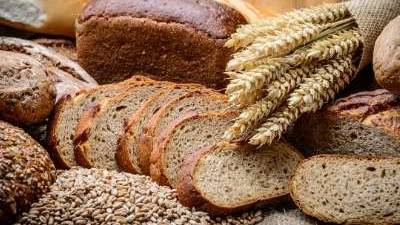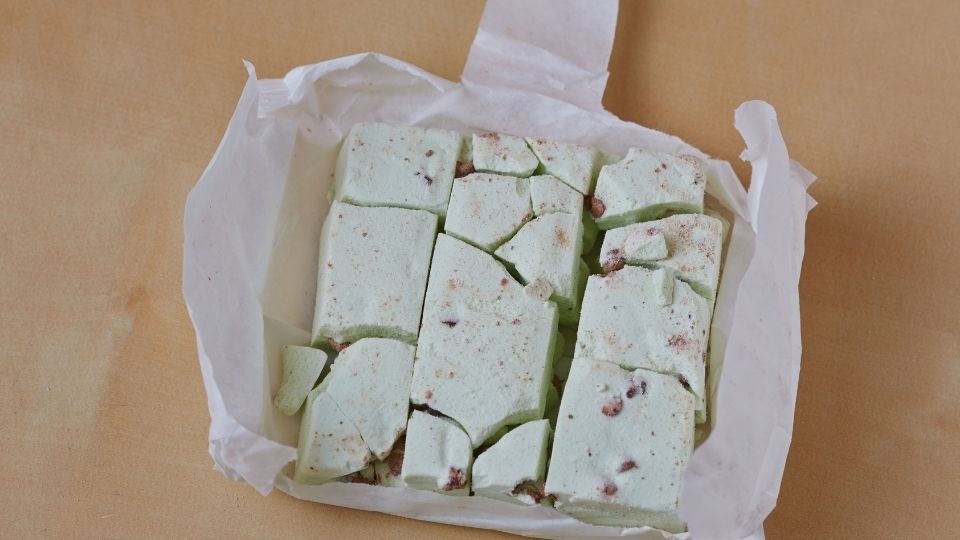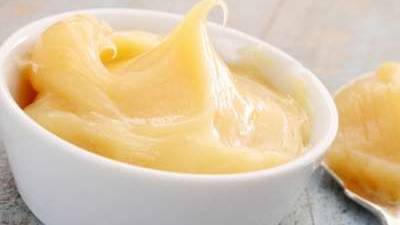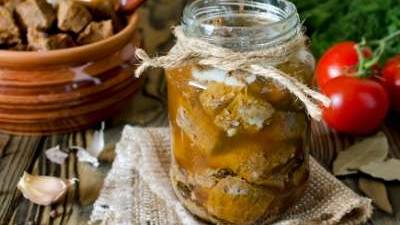Canning Bread or Cake is Unsafe

Since 2000, Cooperative Extension has been warning consumers of this potentially dangerous practice. Breads or cake recipes are baked in canning jars. Then, canning lids are attached. As the cake cools, a vacuum is formed.
While this product has much appeal, the process does not destroy the organism that causes botulism. In fact, the process of creating a vacuum in jars favors the growth of the botulism microorganism.
Studies at Kansas State University and Utah State University were not able to make a safe canned bread recipe for consumers (See references).
Q: How come I see canned breads in stores or on the internet?
A: These products are made to use very large amounts of sugar and to minimize moisture. The recipe must be approved by state or federal food safety authorities and guarantee that it cannot support the growth of the botulism organism. Consumer recipes are not safe and consumers do not have access to the equipment needed to perform tests that would ensure the botulism organism cannot grow.
Alternatives
An acceptable alternative is to make a dry mix in a jar. Place all of the dry bread ingredients in a jar. Add an oxygen absorber to prolong shelf life. Attach complete directions to the jar that includes wet ingredients to add (e.g. eggs, oil, etc.) and baking instructions. Be clear that baking should be done in a cake pan or bread pan and not the mason jar.
References
- Charlotte P. Brennand, Charlotte P. 2000. Safety of Canning Quick Breads. USU Extension. Available at: http://extension.usu.edu/files/ publications/factsheet/FNFS_250_10.pdf.
- Aramouni, F. M., K. K. Kone, J.A. Craig and D.Y. C. Fung. 1994. Growth of Clostridium sporogenes PA 3679 in home-style canned quick breads. J. Food Protection 57: 882- 886.
Authors
Brian Nummer
Related Research





